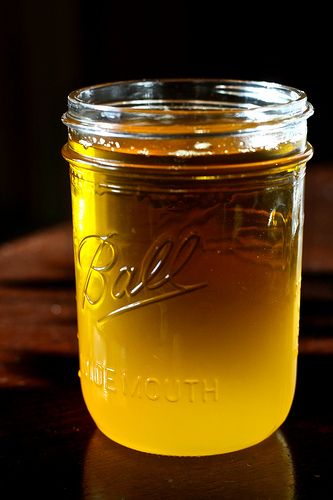Integrating Asana, Vinyasa, and Prasara in Yoga Posture Practice
First off, I just wanted to say that Matt and I have been knee deep since the beginning of the year in creating the Circle Yoga Shala 500-Hour Teacher Training curriculum, so we’ve been quiet in terms of blog posts. We plan to get back into a regular posting rhythm as the demands of that project lessen. In the mean time, I wanted to address a couple of questions from one of our readers, Damon. In response to my article on the integration of prasara into a more traditional asana/vinyasa practice, Damon wrote:
Ok so how would suggest combining an asana/vinyasa/prasara practice? And what place would you give to other Sonnon practices such as Intu-Flow and Flowfit? Could you give an example of how you might work these practices together over a week/month. And which of them, if any, you would regard as redundant.
I responded briefly to his comment on the post itself, but I wanted to take a more in-depth look at these questions in a proper post, so here we go. I’ll do this by looking specifically at the thinking behind my upcoming hatha yoga training cycle. Read more >>
Making Homemade Ghee from Unsalted Butter – myCreativeEvolutionTV Episode 1
 This is the first official episode of myCreativeEvolution Television. Woot!
This is the first official episode of myCreativeEvolution Television. Woot!
In this experiment, I’ll show you how to make your own ghee in your own kitchen from unsalted organic butter for less than half the price you’ll pay for it mail order over the Internet. Making your own Ghee is a super simple process, but it does require patience, and it will probably take you about 2 hours. Before we get to the video, though, let’s first establish what ghee is, and then talk a bit about the benefits of using ghee instead of butter or some other fat for cooking.
If you’ve taken a stab more than twice in your life at cooking Indian food, you’ve probably seen “ghee” in an ingredient list. And, if you’re like me, you just substituted butter, olive oil, or some other fat because you didn’t have any ghee, you didn’t know where to get any ghee, and you honestly weren’t exactly sure what ghee was at the time. That was me until rather recently.
Ghee is simply the Indian or Ayurvedic version of clarified butter, which is commonly used in French cuisine. What they do is cook all the water content out of the butter, as well as the milk solids, leaving pure fat — YUM! To make ghee, we’ll just cook the butter a bit longer than we would to make clarified butter. This toasts the milk solids (which settle at the bottom of the pan), and gives the ghee a wonderful, unique flavor.
In terms of the benefits of using ghee as opposed to some other fat in cooking, there are two different categories — verifiable and mumbo-jumbo. Since ghee has been a staple in Ayurvedic medicine for millennia, when you research its benefits, you’ll find a lot of anecdotal, hocus-pocus-y claims. I don’t mean to say I think these claims are all false, just that they are not really objectively verifiable. In the interest of honest inquiry, I have separated claims that are scientifically verifiable from those that are more, shall we say, esoteric.
Get Updates Via E-Mail
What We Do
Start Here
Posts by Dimension
Posts by Subject
Posts by Practicality
Recent Posts
- Interview with Paul Smith, Author of Integral Christianity: The Spirit’s Call to Evolve
- Integrating Asana, Vinyasa, and Prasara in Yoga Posture Practice
- The Highly Played Game of As If – Episode One: The Miracle at the Pool of Bethesda
- Introducing “The Highly Played Game of As If”
- From Asana to Vinyasa to Prasara: The Evolution of a Modern Yoga Practice



